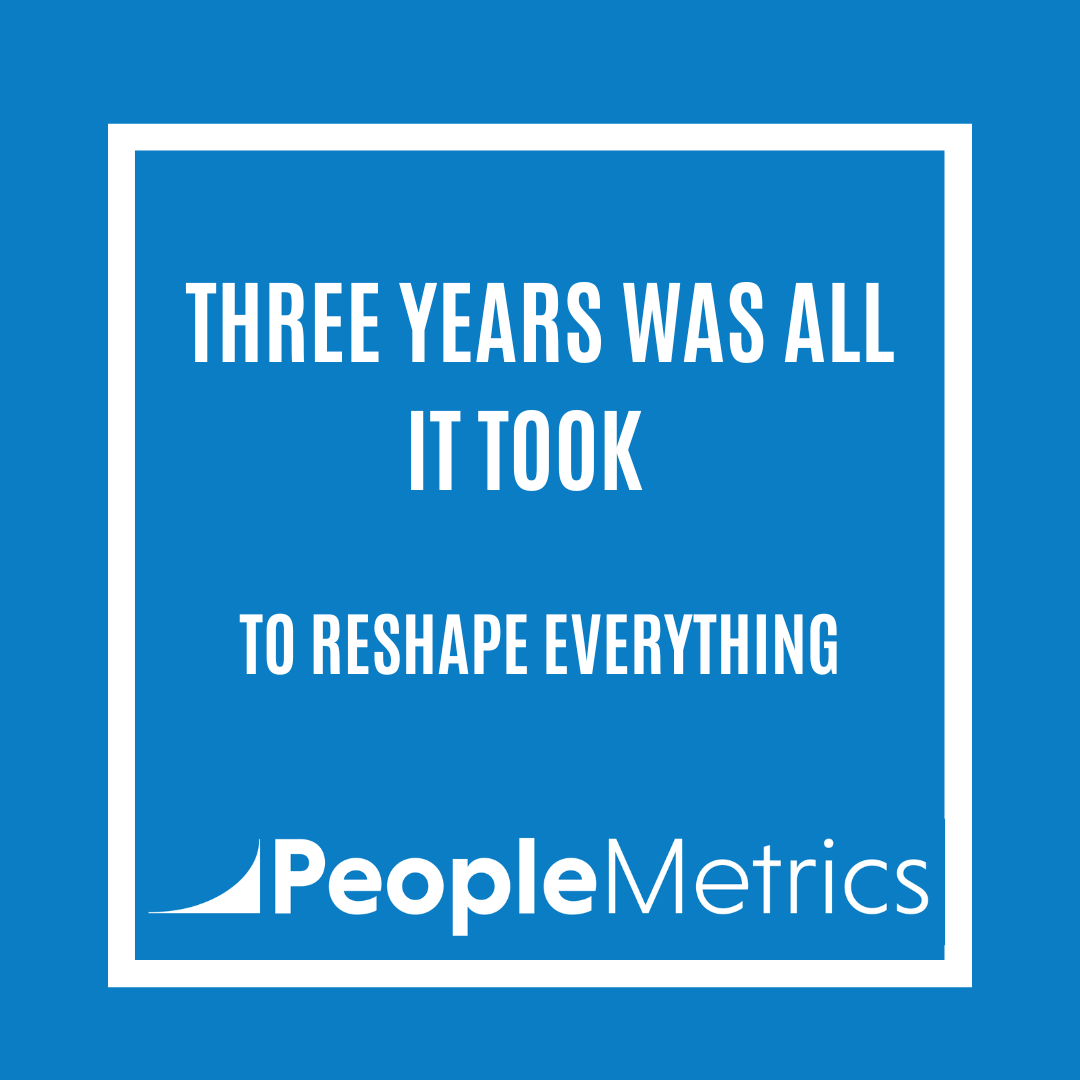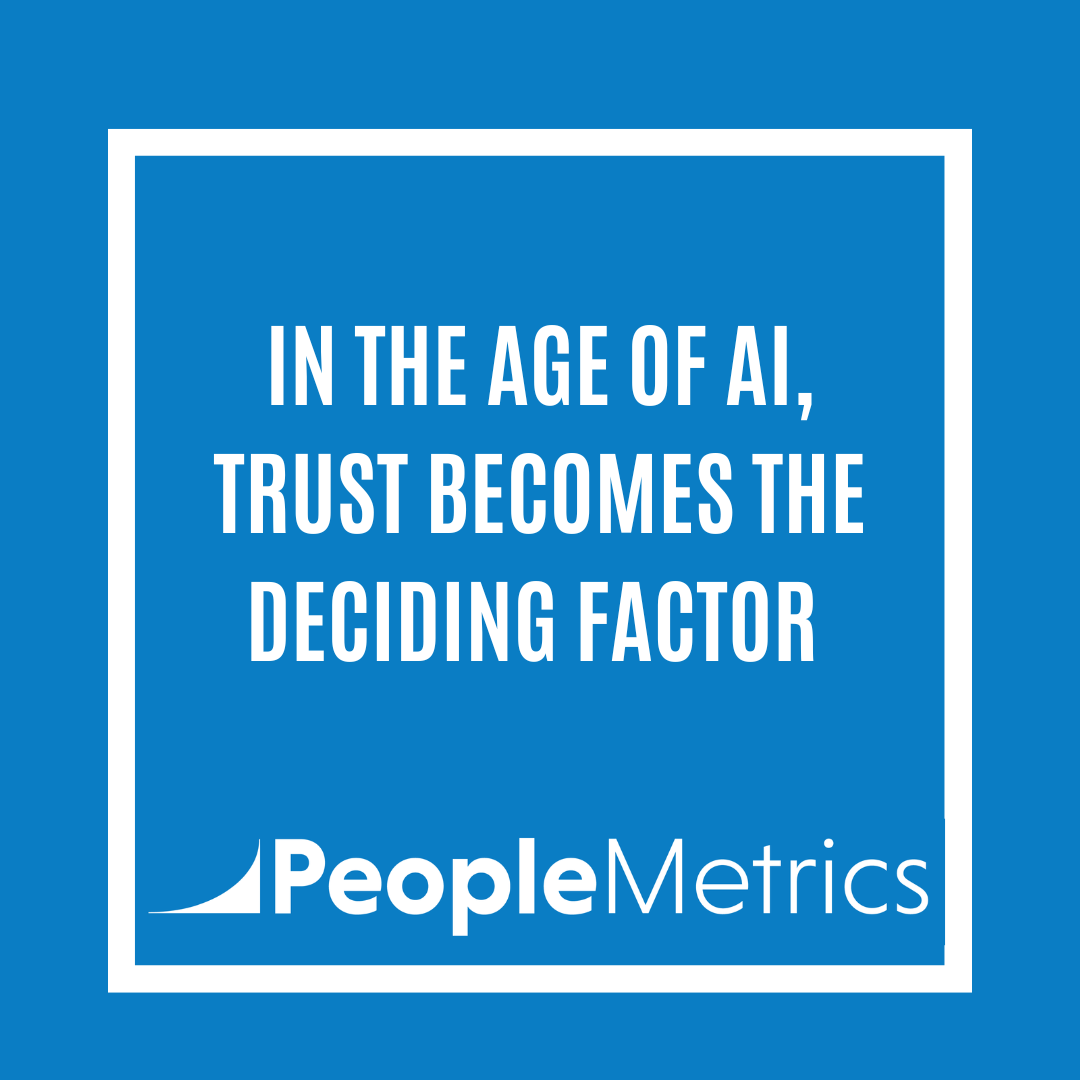 Many Voice of the Customer programs fail to deliver business results. One reason for this is that companies often measure outdated metrics, such as customer satisfaction. Bloomberg Business Week and others have reported that as many as 60% of customers describe themselves as “satisfied” right before leaving a company, meaning that customer satisfaction is not a driver of loyalty.
Many Voice of the Customer programs fail to deliver business results. One reason for this is that companies often measure outdated metrics, such as customer satisfaction. Bloomberg Business Week and others have reported that as many as 60% of customers describe themselves as “satisfied” right before leaving a company, meaning that customer satisfaction is not a driver of loyalty.
However, even if companies are measuring statistics that actually link to profit, stock prices, and other business outcomes (such as Customer Engagement), they are often unsuccessful at improving the customer experience. A recent Forrester Research study that analyzed the customer experience provided by 133 companies with revenues over $500 million found that just 10% had earned “excellent” service ratings.
Below, we take a look at several common failures of Voice of the Customer programs—and along the way, we explain how to create a Voice of Customer (VOC) program that will successfully improve your business results. The following three hallmarks of an effective VOC program are worth emulating.
1. Process for Taking Action
Andrew McInnes at Forrester Research provides more details on why Voice of the Customer programs fail. First, he points out that most programs lack tools for taking action on customer feedback. Forrester’s 2011 customer experience research has found that 65% of companies with VOC programs “don’t systematically take action based on customer insights.”
In other words, although these companies are gathering customer feedback, they do not have tools to close-the-loop on this feedback. Fortunately, some research companies have built tools for taking action on customer feedback into their Voice of the Customer programs.
2. Accessibility of Customer Insight
Forrester also found that 65% of surveyed companies reported that their Voice of Customer program did not make it easy to access customer insights. All the customer feedback in the world is useless if no one in the company can easily access it. Your VOC system should include an easy way to tier customer feedback, allowing appropriate managers or even frontline employees to have access to this information.
3. Customer Insights Tailored for Different Internal Groups
Not every employee in your company needs access to your Voice of the Customer data. Furthermore, different departments will want to use the same information in different ways. The marketing department might want quick access to customer testimonials, the leadership team might wonder what product ideas customers had offered in their survey responses, and HR may want to use positive feedback to motivate and Engage Employees. A 2010 survey by Temkin Group discovered that, out of 105 companies with formal Voice of the Customer systems in place, 63% were still "figuring out what to collect, and how." Fortunately, as described above, you can improve your business results simply by paying attention to how you’re gathering input, and what you do with the resulting customer feedback data - bringing a higher degree of awareness to your Voice of the Customer strategy. serves to improve it.
Additional Resources:
Voice of the Customer (VOC) Results: What to Expect from Your VOC Program
Voice of the Customer Software: 8 Things to Look For
Outsourcing Inspiration: How Customer Feedback Creates Meaning at Work
[photo: Plings]





